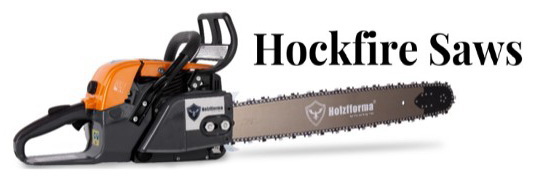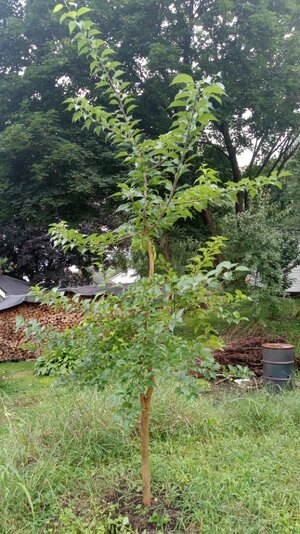- Local time
- 6:40 PM
- User ID
- 27298
- Joined
- Aug 15, 2023
- Messages
- 157
- Reaction score
- 521
- Location
- Duncannon Pa
All the time the firewood quality of our hardwoods comes up, yet only from time to time the subject of the hardness of our hardwoods comes up. Well there is a test called the Janka Hardness Test where a steel ball is pressed into the wood and the amount of force required is measured. The result is called the Janka Hardness of that wood. Here is a list of common North American hardwoods and their Janka Hardness. You may be surprised by some of the values.
The higher the number, the harder the wood. I have seen some stated results that shows Osage Orange is the hardest and some that show that Live Oak is the hardest.
-(This is in common AMERICAN Hardwoods, there are other species FAR harder!!)-
Osage Orange 2760
Live oak 2680
Mesquite 2345
Persimmon 2300
Dogwood 2150
Pignut hickory 2140
Mockernut hickory 1970
Hophornbeam 1860
American hornbeam (Ironwood) 1860
Serviceberry 1800
Black locust 1700
Elm winged 1540
Sugar Maple 1450
White Oak 1360
Rock Elm 1320
Red Oak northern 1290
Walnut black 1010
Maple (Red) 950
Cherry 950
Elm american 830
But what I find interesting is that you often will hear it said that "all wood pound for pound puts out the same heat or BTU"
Well, hardness is directly related to density which is directly related to the particular weight of a dried wood.. so a harder or more dense wood SHOULD put out more heat for its size.. Right?
So to my point: often on BTU charts you'll see great discrepancies from chart to chart as well as contradictions to this "rule" that "all wood pound for pound puts our the same heat" And you'll also notice that a great many BTU ratings don't seem to correlate with the hardnesses shown.. but I do find it's alot easier (and more consistent) to find Janka Hardness Test ratings for woods than it is to find BTU ratings, the ones I've shared above are only a few, there's LOTS available online!
So: should people just stop looking at BTU charts when comparing firewoods and just look to Janka Hardness Test charts?
The higher the number, the harder the wood. I have seen some stated results that shows Osage Orange is the hardest and some that show that Live Oak is the hardest.
-(This is in common AMERICAN Hardwoods, there are other species FAR harder!!)-
Osage Orange 2760
Live oak 2680
Mesquite 2345
Persimmon 2300
Dogwood 2150
Pignut hickory 2140
Mockernut hickory 1970
Hophornbeam 1860
American hornbeam (Ironwood) 1860
Serviceberry 1800
Black locust 1700
Elm winged 1540
Sugar Maple 1450
White Oak 1360
Rock Elm 1320
Red Oak northern 1290
Walnut black 1010
Maple (Red) 950
Cherry 950
Elm american 830
But what I find interesting is that you often will hear it said that "all wood pound for pound puts out the same heat or BTU"
Well, hardness is directly related to density which is directly related to the particular weight of a dried wood.. so a harder or more dense wood SHOULD put out more heat for its size.. Right?
So to my point: often on BTU charts you'll see great discrepancies from chart to chart as well as contradictions to this "rule" that "all wood pound for pound puts our the same heat" And you'll also notice that a great many BTU ratings don't seem to correlate with the hardnesses shown.. but I do find it's alot easier (and more consistent) to find Janka Hardness Test ratings for woods than it is to find BTU ratings, the ones I've shared above are only a few, there's LOTS available online!
So: should people just stop looking at BTU charts when comparing firewoods and just look to Janka Hardness Test charts?







